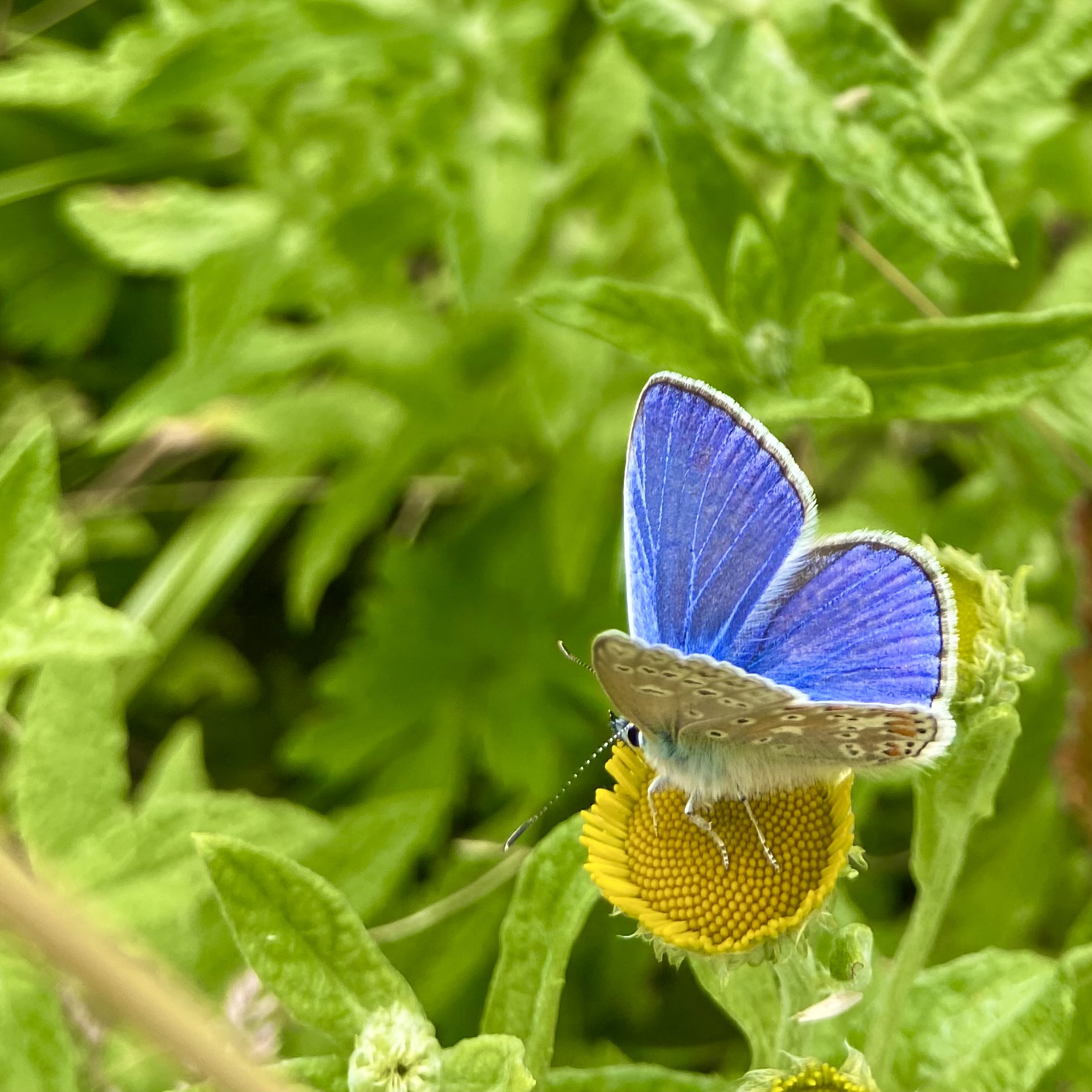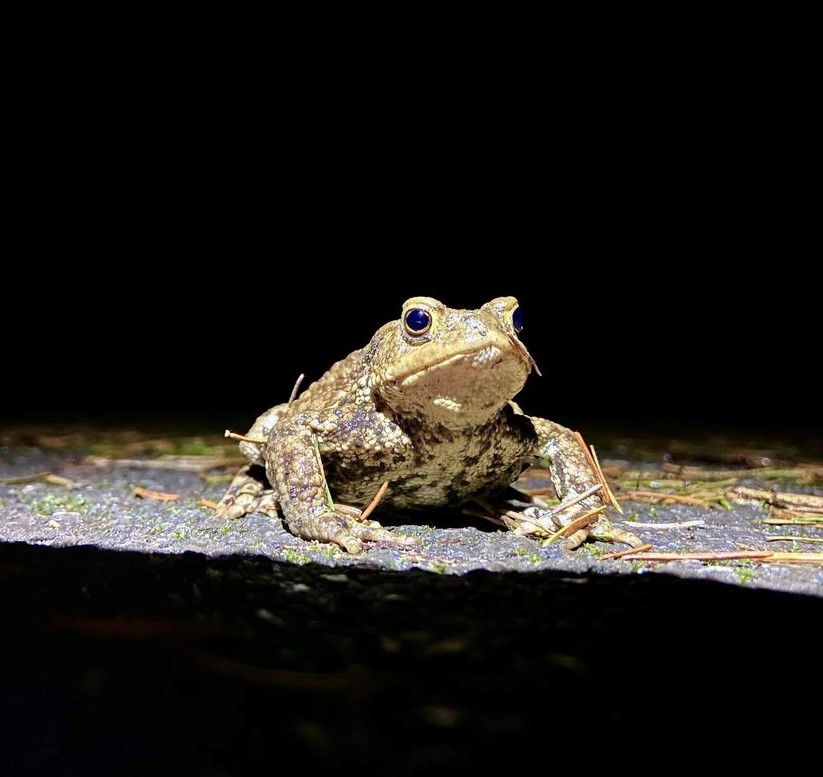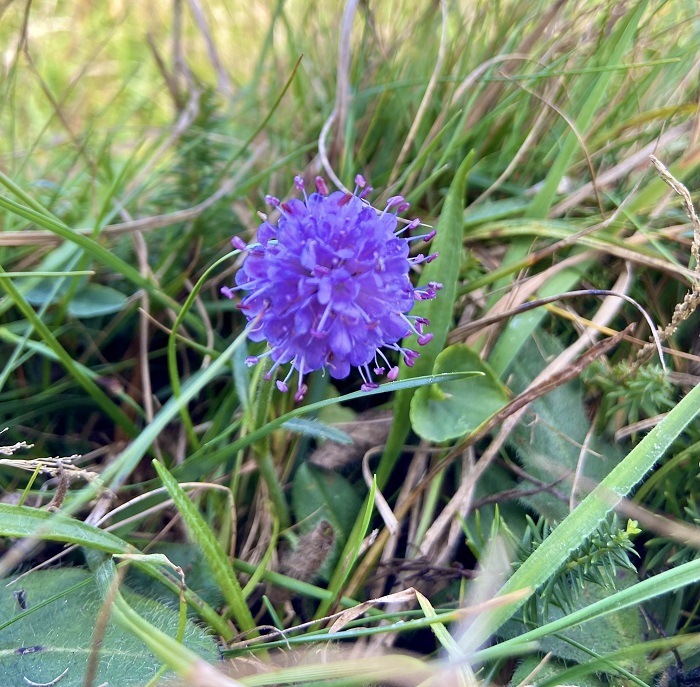Nature in Swansea
Swansea’s natural environment is of outstanding quality and beauty, with the diversity of landscapes and habitats found in the county including, but are not limited to, upland moorland, coastal cliffs, sandy beaches, heathland, woodland, wetlands, river valleys and estuaries. Some of our habitats are nationally and internationally important, and the region contains 33 Sites of Special Scientific Interest, covering approximately 21% of the county.
This wealth of habitats supports a huge diversity of species, and in fact 41% of species identified as being of importance for biodiversity conservation in Wales (otherwise known as Section 7 species on the Environment (Wales) Act 2016) have been recorded in Swansea in the last 20 years.

About
Established in 1999 the Swansea Local Nature Partnership is an active group with representatives from many organisations including relevant local authority departments, the charitable conservation sector, landowners, and professional and amateur naturalists. Partners and individuals are united by an interest in conserving, enhancing, and raising awareness of nature in Swansea. The Swansea Local Nature Partnership currently has over 50 members and is open to anyone to join.
Contact the Swansea Local Nature Partnership Coordinator to find out more about the LNP and how you can help nature in Swansea.

Our Aims
The overarching aim of the Swansea Local Nature Partnership is to conserve and enhance nature in Swansea, thereby supporting nature recovery.
The Swansea Local Nature Recovery Action Plan (LNRAP) published in 2023 sets out 25 Action Themes which identify priorities for nature recovery in Swansea. The action themes are organised under and related to the six national objectives published in the Nature Recovery Action Plan for Wales which are:
- Engage and support participation and understanding to embed biodiversity throughout decision making at all levels.
- Safeguard species and habitats of principal importance and improve their management.
- Increase the resilience of our natural environment by restoring degraded habitats and habitat creation.
- Tackle key pressures on species and habitats.
- Improve our evidence, understanding and monitoring.
- Put in place a framework of governance and support delivery.
Some examples of Action Themes included in the Swansea LNRAP are:
- Provide accessible educational and awareness raising events in-person and/or online, especially focussing on expanding the reach of initiatives outside of people/groups already engaged in nature recovery and conservation.
- Deliver proactive actions that increase the abundance and expansion of the extent of species and habitats of principal importance.
- Ensure that at least 30% of Swansea county is protected and effectively managed for nature by 2030, including marine*, terrestrial and freshwater** areas.
- Use visitor guidelines and promote relevant codes of conduct for reducing human impact on local marine, intertidal and terrestrial wildlife.
*Marine habitats between high and low mean water springs **terrestrial and freshwater land/habitats down to high mean water springs within the county boundary.
Swansea LNP members will contribute to the LNRAP through their work and it is planned that actions towards Action Themes will be monitored and reported on an annual basis. You can read the full LNRAP here.

How are we going to achieve it
Places to see nature in Swansea
There are a wide variety of places to see the diversity of nature in Swansea. Some examples are:
Bishops Wood Local Nature Reserve is set back from Caswell Bay Beach and comprises around 46 acres of limestone woodland and grassland, the former of which is relatively rare in the UK. Parts of Bishops Wood woodland are so old that they are considered ancient woodland and date back to at least 1673.
Cwmllwyd Wood Local Nature Reserve is a 100-year-old oak woodland, possibly cleared due to mining activities, the site was replanted and today boasts wonderful displays of bluebell in the spring.
In the east of Swansea lies Crymlyn Bog National Nature Reserve, this is the largest expanse of lowland fen in Wales and home to a wide variety of wetland specialists including reed, sedge and Cetti’s warbler, marsh cinquefoil and royal fern.
Much of the area around Rhossili are managed by the National Trust including Rhossili down and Worms Head Island. The latter of which is home to nesting colonies of kittiwakes, razorbills and guillemot in the spring and summer. Kestrels also nest on the limestone cliffs above the three-mile expanse of Rhossili Bay beach, where choughs are also regularly observed.
Gelli-hir is an expanse of mixed broadleaved and wet woodland, some of which is ancient, managed by the Wildlife Trust near Fairwood Common, Gower. Buzzard, tawny owl and sparrowhawk breed in the woodland and in the spring and summer butterflies and moths, such as silver-washed fritillary and holly blue are common. A population of dormouse is also found within the wood.
Penllergare Valley Woods
Consisting of over 100 acres of woodland, Penllergare Valley Woods is an old Victorian estate. Previously the home of the Llewelyn family, today the privately owned estate is entrusted to the Penllergare Trust who have worked hard over the past two decades to protect the woods from further development encroachment and conserve and enhance biodiversity. The woods are carpeted with bluebell and wood anemone in the spring and the lakes are an excellent place to observe kingfishers, dippers, and otters.
Clyne Valley Country Park
Clyne Valley Country Park is the only country park in Swansea, covering 700 acres of land from Blackpill at the coast to Dunvant in the north. The Clyne valley has a long industrial past with coal mining beginning as early as the 14th century, then later an ironworks and a thriving brickmaking industry throughout the 19th and 20th century. The once industrial valley has since been reclaimed by wildlife, with varied oak, birch, and beech woods, providing habitat for many species of birds. Disused quarries and tunnels, also provide shelter for bats, and the rivers plus numerous ponds and lakes are used by numerous species of birds and amphibians. The rare bee orchid is even found here. Access has improved over the years with the help of Clyne Valley Community Project so it’s now even easier to experience nature in the park.
Rosehill Quarry Community Park
Previously a quarry in the mid-19th century, Rosehill Quarry became Swansea’s first community park in the 1980s due to the hard work of the Rosehill Quarry Community Group. Nestled in the Uplands/Townhill area, this urban park is a great place to see damselflies and dragonflies among the ponds and streams.
For more information on places to see nature in Swansea see:
A-Z parks, nature reserves and outdoor spaces - Swansea
Natural Resources Wales / South West Wales
Nature Reserves | The Wildlife Trust of South and West Wales (welshwildlife.org)
Days out and things to do in Wales | National TrustKey Facts
Horseshoe bats faced catastrophic declines in the 20th century, but South Wales remains one of their strongholds. These are some of the UKs rarer bat species and we are lucky enough to have both (the lesser and the greater) species resident in Swansea. These bats preferentially roost in caves during the winter, and females come together in the spring and summer into buildings to form maternity colonies. The Vincent Wildlife Trust own a horseshoe roost on the Gower that was a derelict building but is now a one-stop bat house! Glamorgan Bat Group monitor the horseshoe populations every year.
The harbour porpoise is a frequent visitor to the seas around Swansea, so much so that part of Swansea’s seas is designated as a Special Area of Conservation (SAC) specifically for this species. This small cetacean is commonly seen in Swansea Bay or off the Gower coast sometimes with calves in tow!
The Marsh fritillary butterfly is one of the UKs most threatened butterfly species, but we have a resident population here in Swansea on the Gower Commons SAC. In fact, this is the second most important area for the species in Wales.
Adders are a well-known feature of the Gower landscape, although the number of adders is sadly declining across the UK. They are peaceful and shy, though they are venomous. Bites can happen by accidentally stepping on or picking them up. See here for more information.
Otters are present throughout the Swansea County and have been spotted in most major rivers including the river Clyne, Loughor, and Tawe, as well as other streams and inlets. They’ve also been seen along the Gower coast and even on some of our beaches and parks! However, although otters have made a comeback over the last 50 years across Europe including Swansea, after a dramatic decline in the 50s and 60s there are worrying signs that in recent years the areas otters are found in our reducing continent wide, including Swansea.
Wood bitter vetch is a Section 7 protected plant species. It is rare throughout west Glamorgan but there is a population of it present on Cadle Heath Local Nature Reserve, near Fforest-fach. This is one of only two populations of the species in West Glamorgan.
Southern damselfly is a Section 7 protected invertebrate species that has very specialised habitat requirements. There are two populations of southern damselfly in Gower Commons SAC which are the only known populations of this species in South Wales.
Projects
Please see below a selection of ongoing projects that LNP partners lead or are involved in:
Growing NetworkKey contact
Christina Doherty/Mark Barber
Local Nature Partnership Co-ordinators
Email: nature.conservation@swansea.gov.uk
Website: click here
See the ‘What Can I Do?’ sections of the Swansea LNRAP here.















